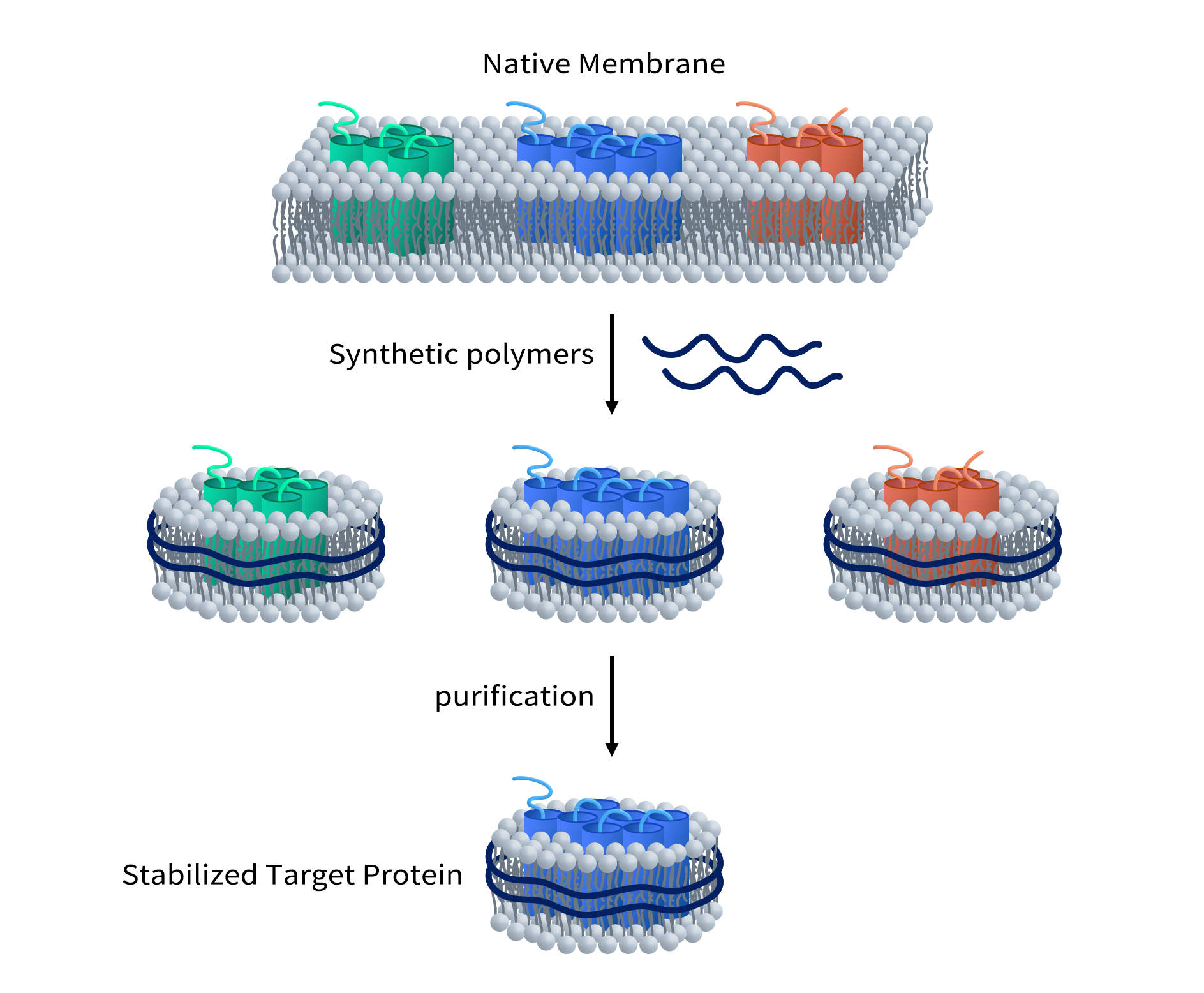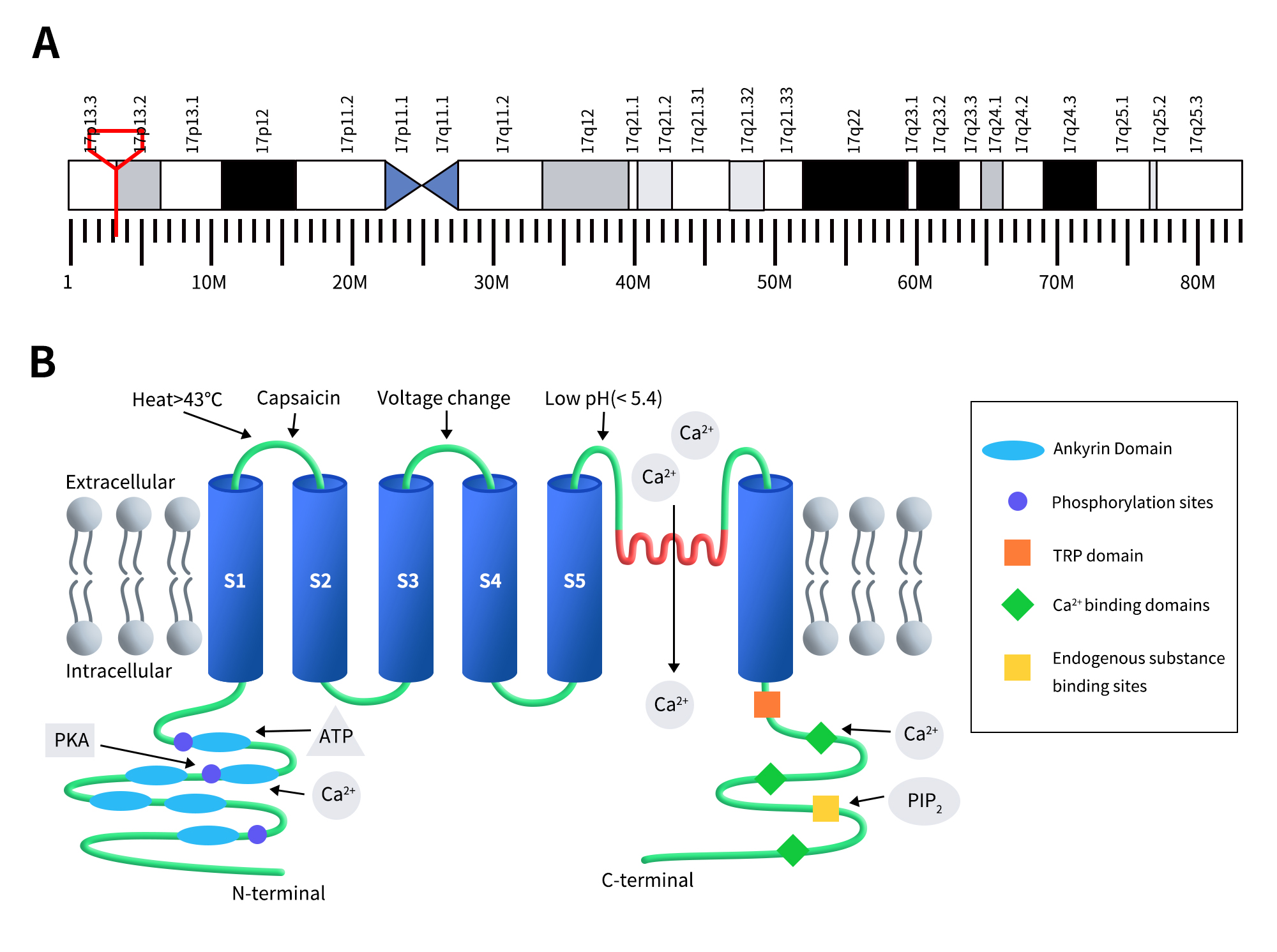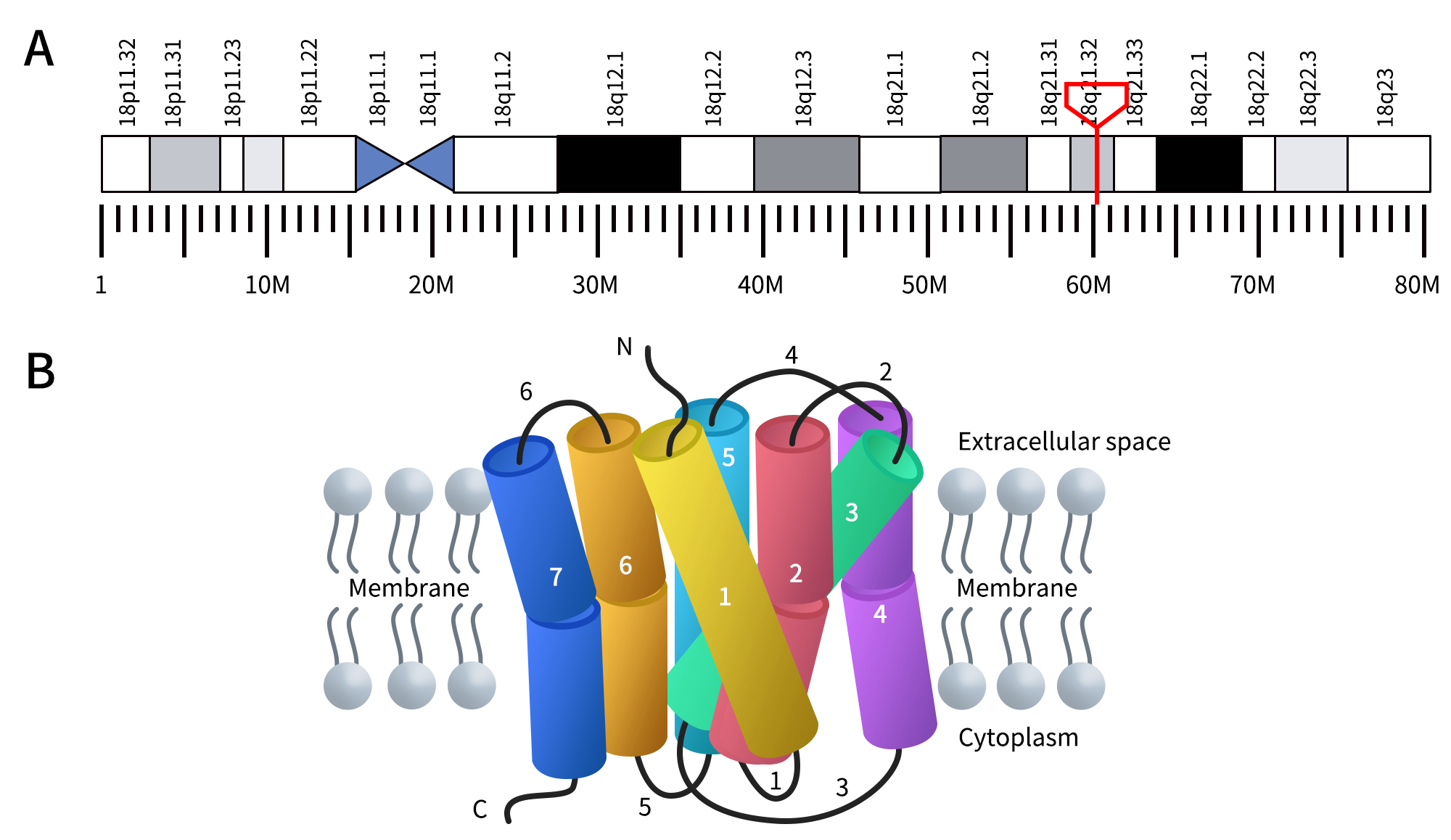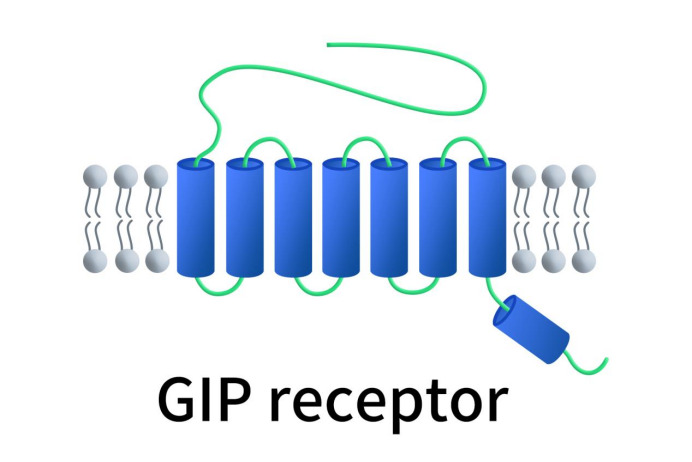On June 25, 2024, at the 2024 American Diabetes Association (ADA) Scientific Sessions, Suzhou Innovent Biologics and Eli Lilly announced the results of a Phase 3 clinical trialfor the GLP-1R x GCGR dual agonist, Mazdutide. This marks the first Phase 3 clinical trial (GLORY-1) in overweight or obese adults in China。The study’s primary results and exploratory endpoints of liver fat content were disclosed, showing that Mazdutide acts as a dual agonist for both GLP-1R and GCGR. It reduces body weight by suppressing appetite and delaying gastric emptying through GLP-1R activation, while enhancing weight loss efficacy by increasing energy expenditure via GCGR activation. Notably, Mazdutide uniquely promotes fatty acid oxidation and lipolysis in the liver through GCGR activation, thereby improving liver fat metabolism. As GCGR plays a crucial role in glucose metabolism, it has become a hot target in the development of diabetes and weight loss drugs.Let’s delve into the role of the Glucagon Receptor (GCGR).









